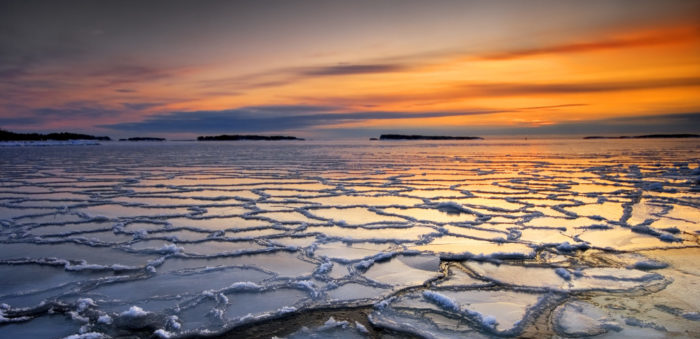The Cosco owned cargo ship ‘Tian En’ managed to sail out of the Arctic Circle successfully, completing its maiden voyage within the circle. Specifically, the vessel has departed Arctic waters for the French port of Rouen, after having travelled through the Arctic’s Northern Sea Route.
Tian En’s maiden voyage started after it sailed through the Bering Strait on August 17, having left from Lianyungang Port in China on August 4. The ship travelled the Northern Sea Route along the coast of Russia, between the Pacific and the Atlantic
The vessel was carrying 37,000 cubic metres of wind power equipment and will sail back to China with goods from Europe, local media reported.
[smlsubform prepend=”GET THE SAFETY4SEA IN YOUR INBOX!” showname=false emailtxt=”” emailholder=”Enter your email address” showsubmit=true submittxt=”Submit” jsthanks=false thankyou=”Thank you for subscribing to our mailing list”]
Earlier this year, China committed to collaborate with other countries to develop a “Polar Silk Road,” to be part of the Belt and Road initiative. Namely, Captain Chen Xiangwu said that travelling through this route, reduces time as it is the shortest route that links the northeast Asia and northern Europe.
Commenting on the occasion, the Clean Arctic Alliance called COSCO to reveal the nature of the fuel that the Tian’en has used and carried through Arctic waters.
Following the news that the region’s strongest sea ice has broken up twice this year, for the first time on record, using heavy fuel oil to power shipping in the Arctic is a poor choice. It not only increases the risk of oil spills, but also generates emissions of black carbon, which exacerbate the melting of both sea and glacier ice in the Arctic region.
Nevertheless, travels through this route are gaining momentum. Namely, Maersk launched the first ever container ship on an Arctic route. Venta Maersk left Vladivostok for St. Petersburg, as melting sea ice offers an alternative route to the Suez Canal. The ship will carry frozen fish and will travel through the Northern Sea Route.
Moreover, the Russian natural gas producers Novatek informed that it shipped its first cargo of LNG from the Yamal LNG project to China via the Northern Sea Route. The voyage time from the port of Sabetta through the Northern Sea Route to the destination port was completed in 19 days as compared to 35 days for the traditional eastern route via the Suez Canal and the Strait of Malacca.
In addition, Christophe de Margerie, the icebreaking LNG carrier owned and operated by Russian Sovcomflot (SCF Group), has crossed the Northern Sea Route (NSR) in a new record time for a merchant ship without icebreaker support, during July.
Nevertheless, this reveals a downside. Due to global warming Arctic sea ice hit a record low for January, while ice in the Bering Sea reported its lowest levels in recorded history.
In the same wavelength the Clean Arctic Alliance challenged Maersk to come clean on what fuel the ‘Venta Maersk’ will use when crossing Arctic waters.






























































